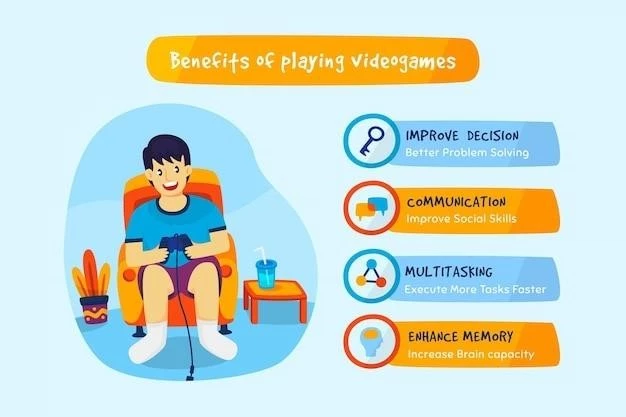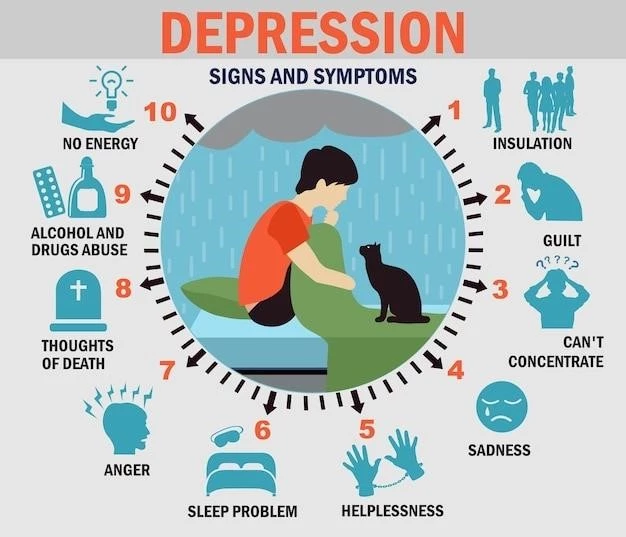A rare genetic syndromic intellectual disability impacting males characterized by short stature, mild to moderate intellectual deficits, and specific craniofacial features.
Definition and Characteristics
The Stoll-Geraudel-Chauvin Syndrome is a rare genetic syndromic intellectual disability affecting males; It is characterized by specific craniofacial features, mild to moderate intellectual deficits, short stature, and early hypotonia. Typical facial characteristics include a broad square forehead, hypertelorism, a depressed nasal bridge, a broad nasal tip, and anteverted nares. Symptoms are generally present until infancy.

Genetic Aspects of the Syndrome
The Stoll-Geraudel-Chauvin Syndrome is an X-linked genetic disorder characterized by intellectual disability, short stature, and craniofacial dysmorphism.
Rare Genetic Syndromic Intellectual Disability
The Stoll-Geraudel-Chauvin Syndrome is a rare X-linked genetic disorder leading to intellectual disability, short stature, and unique craniofacial dysmorphism. It mainly affects males and is characterized by distinct facial features and early hypotonia.
X-Linked Inheritance
The Stoll-Geraudel-Chauvin Syndrome follows an X-linked inheritance pattern, predominantly affecting males and characterized by intellectual disability, short stature, and unique craniofacial dysmorphism. This genetic aspect plays a crucial role in the transmission of the syndrome within families.
Clinical Presentation of Stoll–Geraudel–Chauvin Syndrome
A rare genetic syndromic intellectual disability in males with features such as short stature, cognitive deficits, and distinct craniofacial dysmorphism.
Craniofacial Dysmorphism
Characterized by specific craniofacial features including a broad square forehead, hypertelorism, depressed nasal bridge, broad nasal tip, and anteverted nares, the Stoll-Geraudel-Chauvin Syndrome presents unique facial characteristics that aid in diagnosis.
Hypotonia and Short Stature
The Stoll-Geraudel-Chauvin Syndrome presents with early hypotonia during infancy which resolves by the age of two. Additionally, individuals with this syndrome typically exhibit short stature, contributing to the clinical presentation of the condition.
Diagnosis and Differential Diagnosis
A close evaluation focusing on the specific physical and intellectual features is crucial for diagnosing Stoll-Geraudel-Chauvin Syndrome.
Signs and Symptoms for Diagnosis
For diagnosis, attention to specific clinical features such as short stature, cognitive impairment, and unique craniofacial characteristics is essential in identifying Stoll-Geraudel-Chauvin Syndrome.
Differential Diagnosis with Related Syndromes
When diagnosing Stoll-Geraudel-Chauvin Syndrome, it is essential to differentiate it from related syndromes like ARX-Associated XLID, Partington Syndrome, Proud Syndrome, and X-Linked Lissencephaly with Abnormal Genitalia. Each syndrome has specific characteristics that aid in accurate diagnosis.
Management and Treatment Approaches
Effective management of Stoll-Geraudel-Chauvin Syndrome involves a multidisciplinary care approach and supportive therapies tailored to individual needs.
Multidisciplinary Care
Comprehensive management of Stoll-Geraudel-Chauvin Syndrome involves a multidisciplinary care approach, integrating medical, developmental, and supportive services to address the unique needs of affected individuals.
Supportive Therapies
Supportive therapies tailored to the individual’s needs play a pivotal role in the management of Stoll-Geraudel-Chauvin Syndrome, aiming to address specific challenges and enhance the overall quality of life.
Ongoing research studies focus on understanding the genetic and clinical aspects of Stoll-Geraudel-Chauvin Syndrome. Resources provide valuable information for patients and families.

Research and Resources on Stoll-Geraudel-Chauvin Syndrome
Ongoing research studies aim to further understand the genetic and clinical aspects of Stoll-Geraudel-Chauvin Syndrome, while patient assistance programs provide valuable resources and support.
Patient Assistance Programs
Valuable patient assistance programs provide support, resources, and assistance for individuals affected by Stoll-Geraudel-Chauvin Syndrome, offering essential aid in managing the condition.
Prognosis and Outlook for Individuals with the Syndrome
The prognosis for individuals with Stoll-Geraudel-Chauvin Syndrome varies based on the severity of symptoms and the presence of associated conditions. Regular monitoring and early intervention can positively impact the long-term outlook for affected individuals.
